The Preparedness Paradox: How Being Prepared Affects Perception
The Preparedness Paradox: How Being Prepared Affects Perception
Being prepared for things like natural disasters means that you’ve anticipated the worst of the worst and tried to “hedge your bets” against it. Whether that means stockpiling canned goods and water, or even installing whole-house generators, preparedness takes different forms for everyone. However, something we’ve noticed anecdotally is that being prepared may actually affect your perception of how severe of a disaster was, thus the theme of this article; The Preparedness Paradox.
The Preparedness Paradox
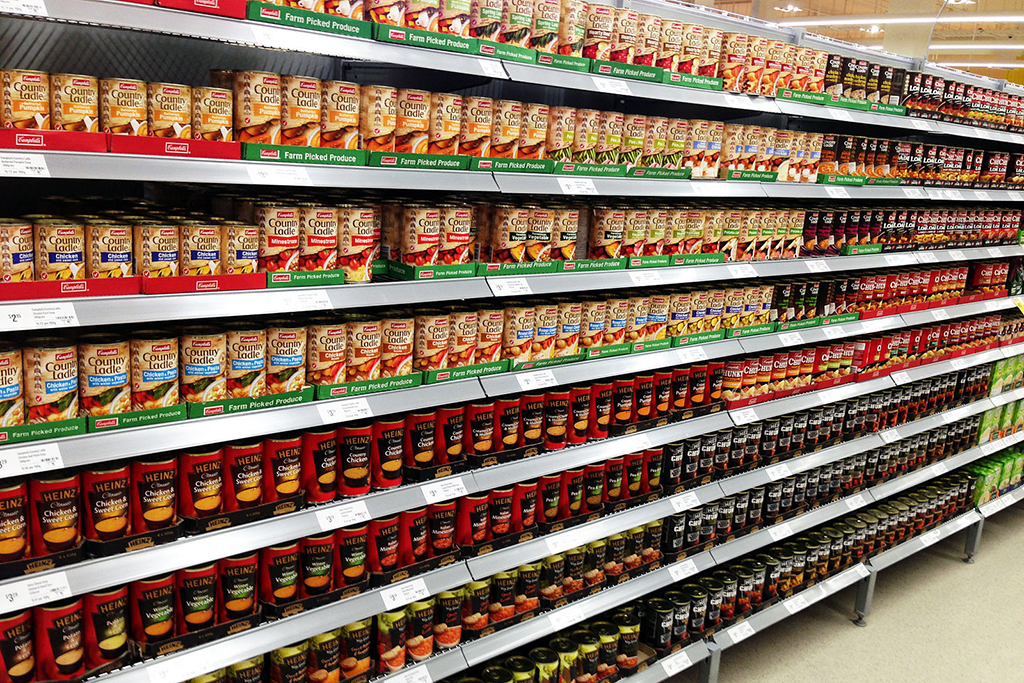
The preparedness paradox is a phenomenon that occurs when people who have prepared for a disaster perceive the disaster as less severe than those who have not prepared.
For our example, we’ll imagine a large storm knocks out power to the local area. You’ve prepared your family and household for these types of occurrences by having two weeks worth of food and water, as well as a gassed up generator. When the storm hits and the power blips out, you’re quick to get the generator running and your meals are covered. For the duration of the storm, your family is comfortable, warm and fed. When the disaster has cleared, you emerge victorious and there’s a propensity to brush the storm off as “no big deal,” because of how ready you found yourself.
It’s in these moments that it’s important to consider two things. One is that you should still be making notes of how you could better improve for the next time. What small changes could you make that would make things even better? Are there skills you could work on to better pass the time or help give yourself a leg up even more? Next, it’s important to consider how those around you, who are less prepared, may have fared.
Good Fences Make Good Neighbors

It’s always refreshing to meet people who are working on becoming more self-sufficient, both in preparing for natural disasters and also in everyday life. However, there’s an attitude that commonly develops among these people that “they’ve got theirs” and their neighbors/communities aren’t their problem.
This is an easy attitude to develop and one of the most common morality tales that gets tossed out when defending this stance is “The Ant and the Grasshopper,” in which a hungry grasshopper approaches ants who are drying grain they have collected during the summer, asking for a bite to eat. The ants are quick to chastise the grasshopper for his lack of preparedness and basically tell him to go pound sand.
The fact is that a community that is better prepared to go through things together is stronger than a few households scattered about, that have done their preparedness work. It’s easy to say that you would turn the grasshopper away, but it’s another to actually turn someone away that’s physically reaching out for help in front of you, or not help someone that you can see needs it.
Helping Spread Preparedness
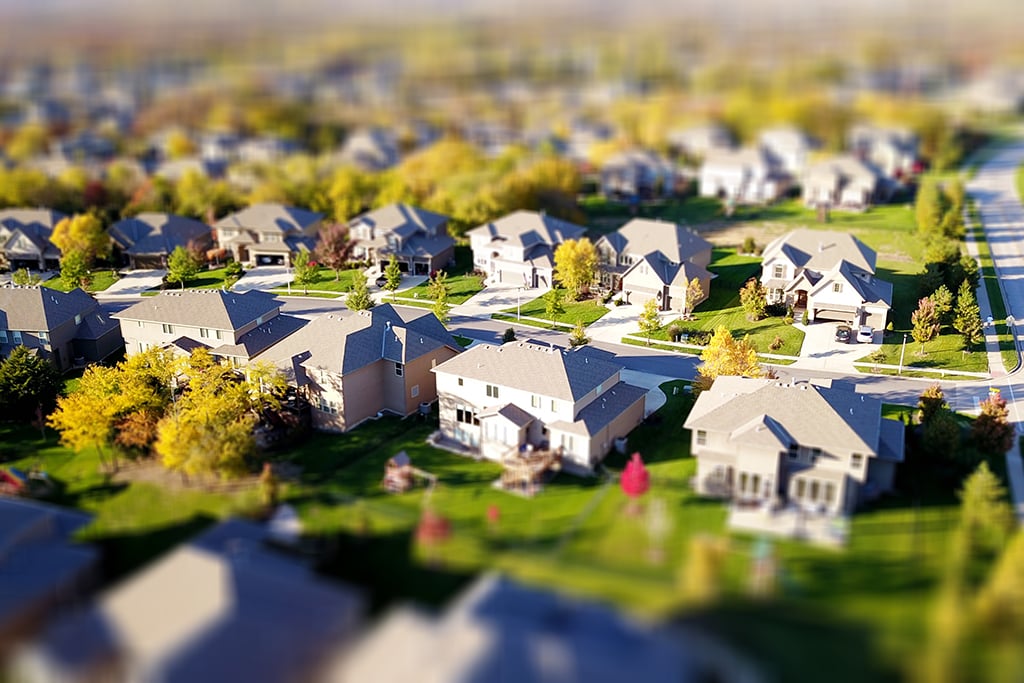
By helping those in your community become better prepared, you will create a strong community that is ready to help each other and outlast anything nature can throw at you. Here are some tips for getting the conversations started with those in your community.
Actually Start the Preparedness Conversation
During the days after something like a hard storm, reach out to your neighbors directly and see how they’re doing. You may hear them discuss issues they had that you’ve dealt with in the past and have solution for. Something as simple as “I have a great method for storing rice and beans if you want me to shoot you over some online shopping links.”
In many cases, people may not have even considered keeping supplies like this on-hand and your conversation may help them strike out on that journey. We’ve seen firsthand how people can go from not even having spare batteries, to starting up a conversation with you about the new radios they bought and what channel you think all the neighbors should use to communicate during an event.
Share Your Information
One of the hardest things to tackle with the subject of preparedness is the research and sharing things you’ve learned is a fast way to get those around you up to speed. Something as simple as sharing your state government’s Disaster Supply Checklist can get people thinking about the gaps they need to fill in their preparedness. You can also show them the First Aid supplies that you keep on-hand and explain how valuable medical supplies can be when emergency services may not be available.
Help Them Create a Plan
Having the supplies on hand does not equal true preparedness. It’s important to highlight to your neighbors the need for planning things like communications, evacuations and even possibly shared supply lists. One of the benefits of sharing in preparedness is that you can offload different responsibilities to different people. Maybe you keep the backyard chickens and they tend the vegetable garden.
Another great option is to get involved with your local government’s preparedness organization, like the Community Emergency Response Team. These local groups have things like checklists and already established plans that can help. For more information, you can also check out our CERT write-up.
Build Your Community Resilience
Lastly, when something does happen that causes you to have to use some of your plans or supplies, conduct a sort of “After Action Review,” that allows everyone to share what went right and what went wrong. There’s a strength that comes from preparedness that is hard to enumerate until someone has experienced it. From these experiences, you can grow as a community and better help one another.
Conclusion
It’s important not to lose sight of why we practice preparedness. At the end of the day, it’s about keeping ourselves and families safe during trying times. Bringing your community into this fold makes more sense than trying to stick it out alone during the storm. Hopefully this article has helped offer some tips for discussing preparedness with those around you, to create a resilient community that is ready for whatever may come your way.






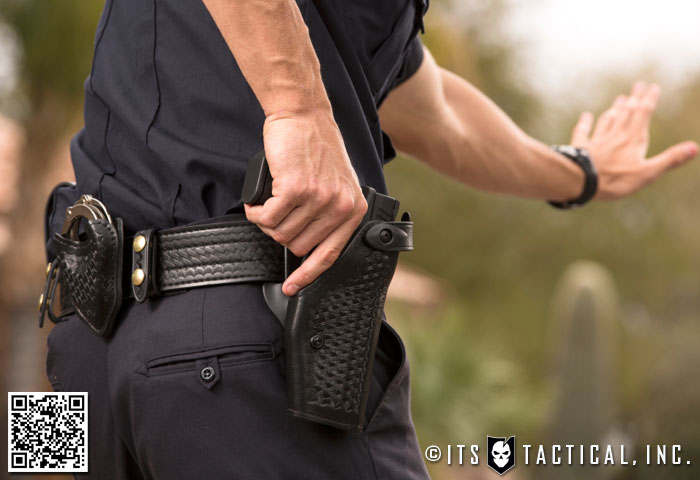
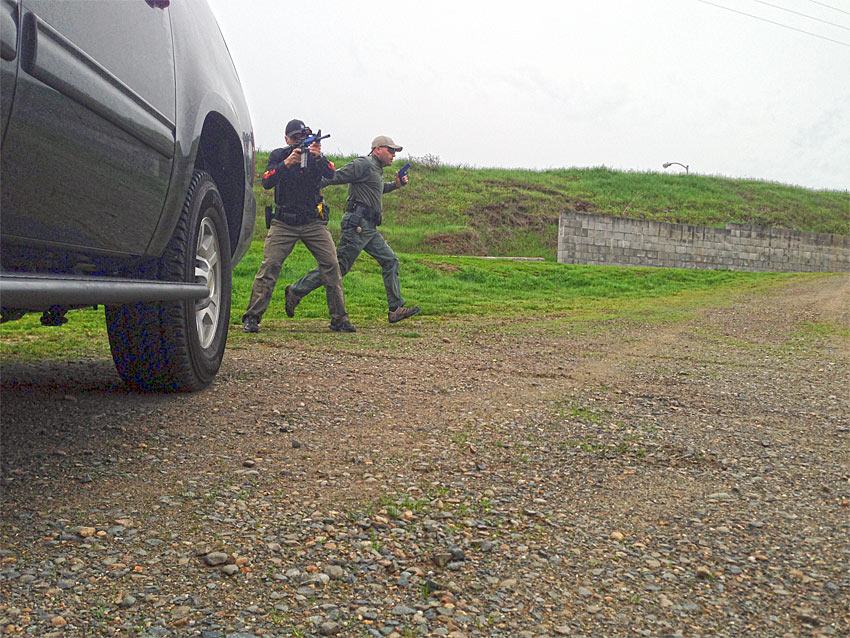
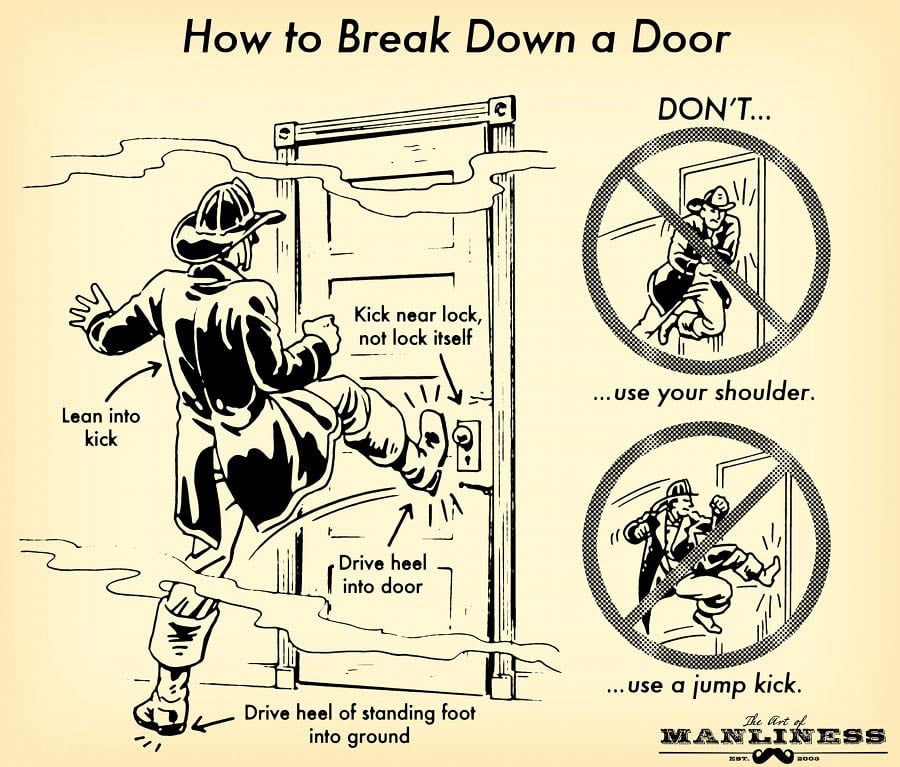
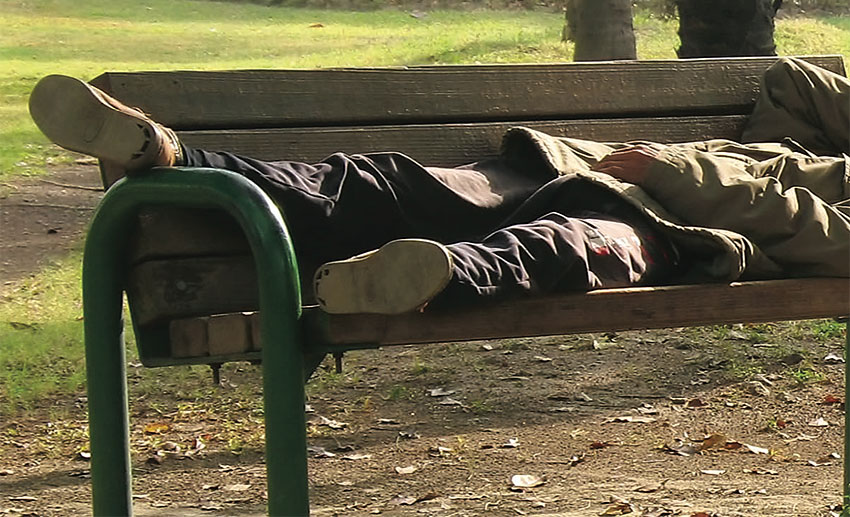

Discussion